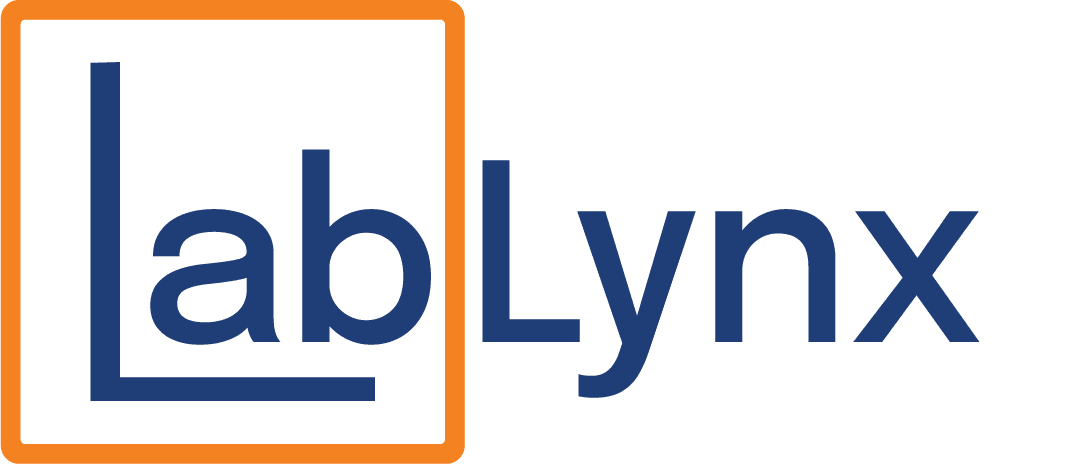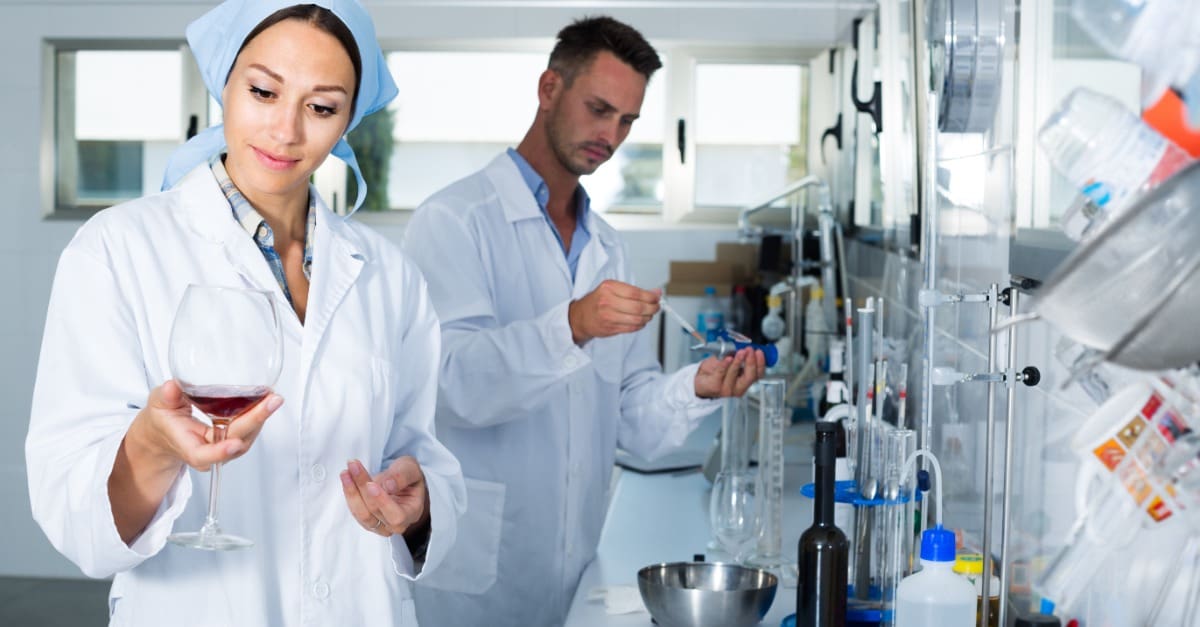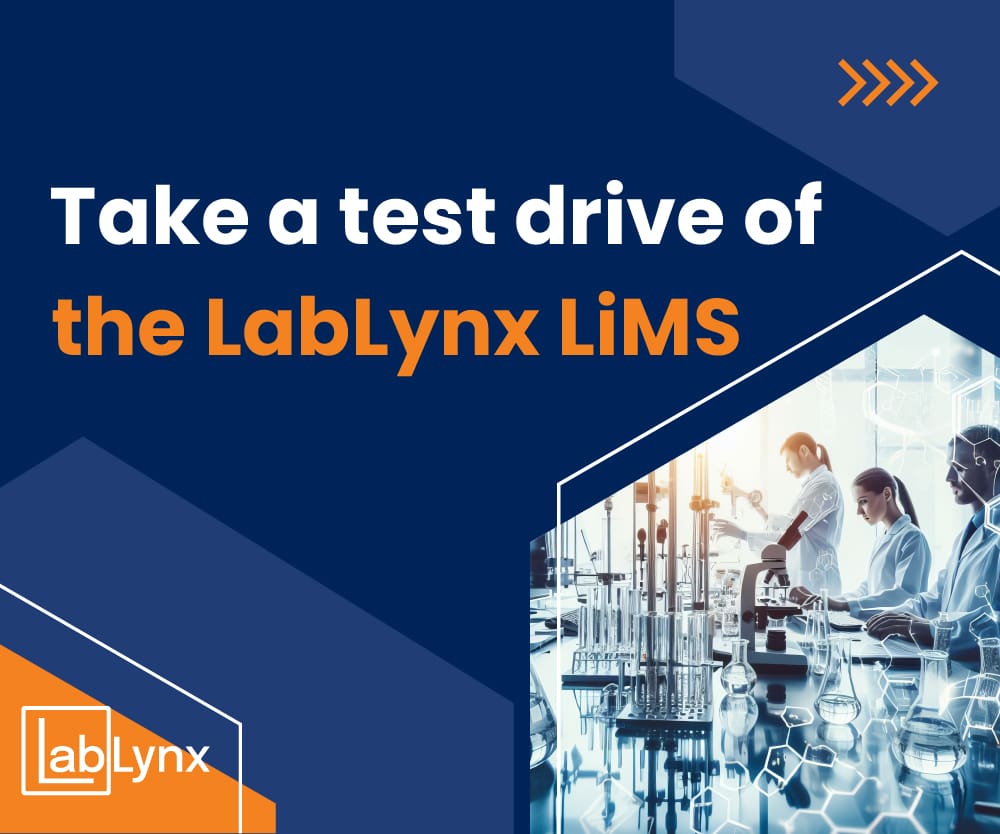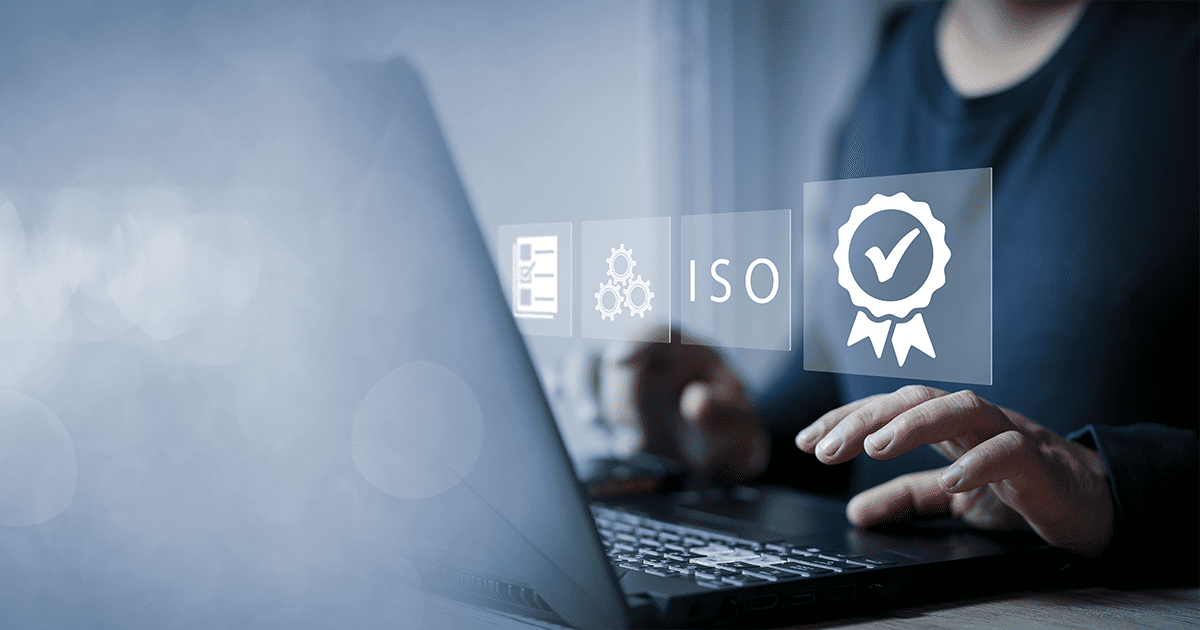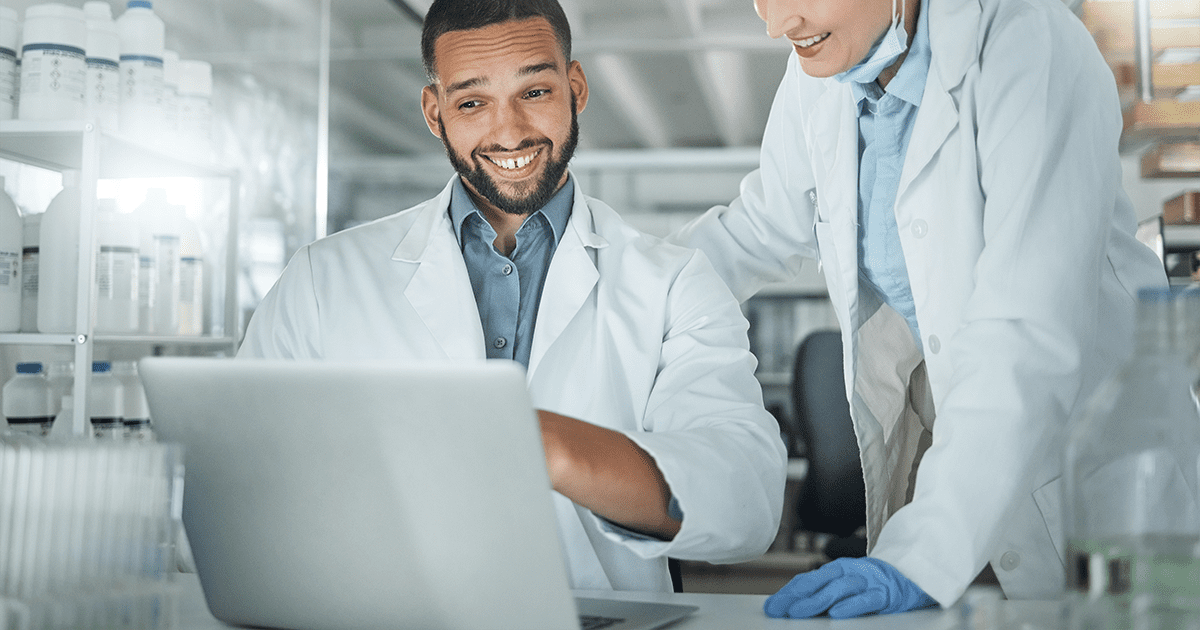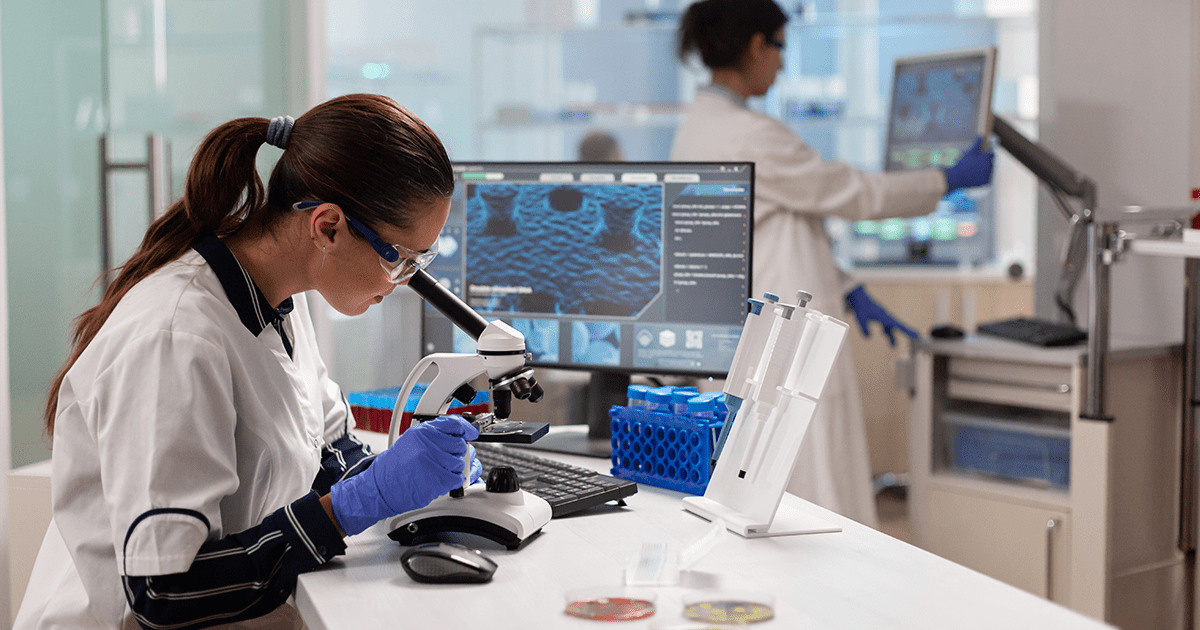A wine testing laboratory provides analytical testing services that support winemakers in ensuring the quality, safety, and compliance within the Food & Beverage industry. These laboratories play a vital role in the wine industry by helping maintain product consistency and providing consumers with high-quality and enjoyable wines. There are several benefits for wineries and winemakers to utilize a laboratory throughout the entire wine-production cycle and several innovations in wine testing that provide additional insights into optimizing the winemaking process.
Benefits of a wine testing laboratory
Wine testing laboratories provide essential services to wineries and wine producers, from quality assurance, process optimization, contaminant detection, and shelf-life assessment. The collaboration between a winemaker and the wine testing laboratory can contribute to producing high-quality wine, maintaining product consistency, ensuring consumer safety, and gaining a competitive edge in the wine market.
Quality control and assurance
Wine faults are undesirable characteristics or deviations from the expected quality of the wine. These faults can arise from various factors, including grape quality, winemaking practices, and storage conditions. Some of the most common wine faults include cork taint, oxidation, and reduction, which refers to the presence of unpleasant sulfur-related aromas.
Wine testing laboratories comprehensively analyze many variables that affect wine quality, such as acidity, sugar content, alcohol levels, pH, volatile acidity, and sensory characteristics. By regularly testing their wines, wineries can ensure consistent quality and identify any issues affecting the wine’s taste, aroma, or stability. These tests assist winemakers in making necessary adjustments to improve the quality of their wine, which in turn helps maintain customer satisfaction and loyalty.
Process optimization
A wine testing laboratory often engages in research and development activities to improve testing methods, develop new techniques, and enhance their understanding of wine chemistry and sensory attributes. This research contributes to the advancement of wine science and helps winemakers refine their production processes. Through analysis and feedback, wineries can understand the impact of different winemaking techniques on their final product, such as fermentation conditions, aging methods, and blending ratios. This knowledge enables winemakers to make informed decisions and fine-tune their processes for better quality and efficiency.
Contaminant detection and safety
A wine testing laboratory also analyzes wine samples for contaminants such as pesticides, heavy metals, residual solvents, mycotoxins, and other potentially harmful substances. This analysis ensures that wines are safe for consumption and comply with regulatory limits for contaminants. Wineries can take appropriate measures to ensure product safety and consumer health by identifying and quantifying these unwanted materials. Taking actions based on data from a contamination analysis helps protect the winery’s reputation and ensures that its wines meet all safety standards.
Shelf-life and stability assessments
Stability tests assess the wine’s ability to withstand aging and storage conditions without significant changes in quality. These laboratory performed tests evaluate color stability, flavor profile development, and chemical composition over time. Winemakers can use this information to determine the optimal aging periods, as well as storage and packaging methods to maintain quality and prolong shelf life.
Consumer confidence and marketing advantage

Utilizing the services of a reputable wine testing laboratory and sharing the results with consumers can enhance the winery’s credibility and build trust among wine enthusiasts. In addition, accurate and transparent information about wine quality, characteristics, and safety can differentiate the winery’s products in the market, attracting discerning customers and bolstering the brand’s reputation.
Innovations in wine testing
There have been several innovations in wine testing aimed at improving test accuracy and expanding the range of information that can be gathered about wines. These new processes and techniques will enable winemakers to make informed decisions on optimizing production processes and ensuring product consistency.
DNA-based wine analysis techniques are becoming increasingly popular in wine testing to identify grape varieties, detect adulteration, and assess microbial populations. DNA analysis can accurately determine the grape varietal composition in wines, even in complex blends. It can also identify the presence of non-intentional grape varieties or contaminants, ensuring wine authenticity. In addition, DNA sequencing can provide insights into the microbial communities present in wine, helping winemakers understand fermentation variations and potential spoilage issues.
Metabolomics, the study of small molecules in biological systems, is gaining use in wine testing to analyze the complex chemical composition of wines. Advanced analytical techniques, such as mass spectrometry and nuclear magnetic resonance (NMR) spectroscopy, allow for the identification and quantification of multiple compounds present in wines. These types of analysis provide comprehensive information about wine flavor profiles, phenolic and volatile compounds, and other chemical markers.
Some wineries employ cellar masters for the sensory evaluation of their wine throughout the entire production process. However, with the innovation of electronic noses and tongues—sensor-based devices that mimic the human olfactory and taste senses—these devices can be used objectively to assess the aroma and taste profiles of wines. Electronic noses can detect and analyze volatile compounds, providing insights into wine aroma characteristics. Electronic tongues analyze the taste properties of wines, including sweetness, acidity, bitterness, and astringency. These technologies enable rapid and consistent sensory evaluation of wines.
Laboratory management software can increase the operational efficiency of a wine testing lab
In the same way wine testing innovations are expanding the wine testing lab’s abilities, implementing a laboratory information management system (LIMS) can increase the lab’s operational efficiency, data integrity, and client satisfaction.
A LIMS allows efficient and accurate sample tracking and management throughout the testing process. It automates laboratory registration through barcode tracking, reducing the chances of sample mix-ups or misplacements. A LIMS can also streamline your wine testing laboratory’s workflow, saving time and ensuring proper sample handling from receipt to final disposal.
A LIMS is also able to centralize and organize all laboratory data, including test results, sample information, client details, and much more. It also provides a structured and searchable database, making it easy to access, retrieve, and analyze data. The laboratory software ensures data integrity, eliminates manual data entry errors, and enables efficient data mining for quality control, trend analysis, and reporting.
LabLynx offers their ELab LIMS specifically designed for food and beverage labs. ELab offers sample management, data and document management, enhanced quality control, efficient workflow management, adherence to accreditation standards such as ISO/IEC 17025, inventory management, and scalability for future growth.
